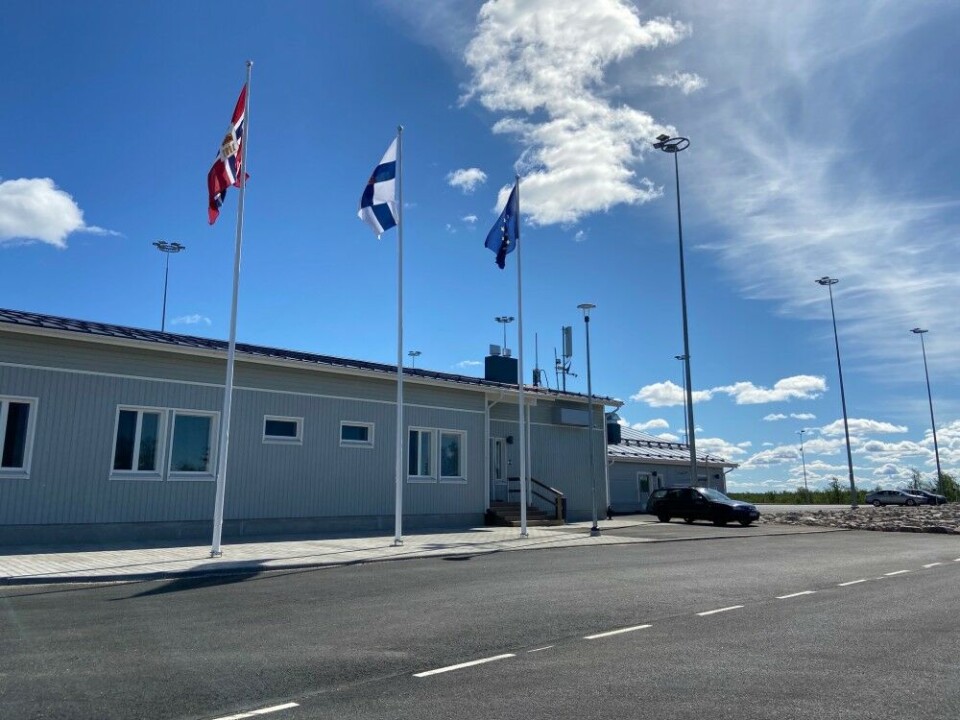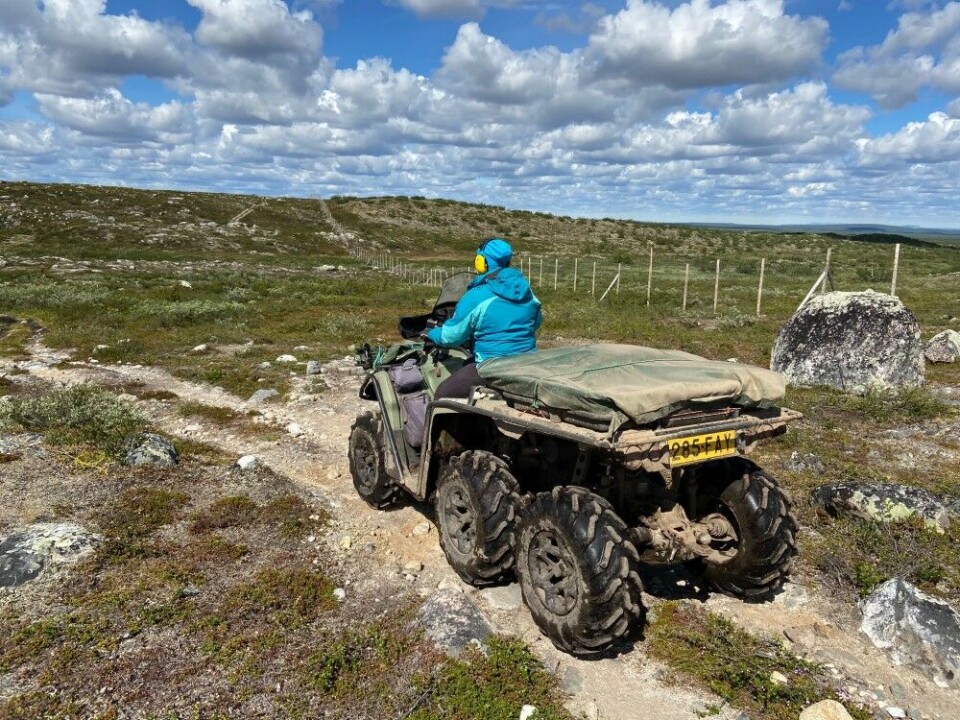
Finland temporarily reintroduces travel restrictions on northern border to Norway
People living in local border communities in the north are, as an exception, allowed to cross the borders between Lapland and neighboring communities in northernmost Norway and Sweden.
Updated on August 23 with details for areas of border-crossings.
The announcement was made at a press conference in Helsinki Wednesday morning and take effect on Monday, August 24.
“Both Sweden and Norway now exceed the COVID-19 infection limits set by the government,” the announcement said.
Internal border control will be restored for traffic between Finland and Iceland, Greece, Malta, Germany, Norway and Denmark, according to the government’s communication unit.
Sweden is from before red-listed by Finland.

The Finnish government points to the European Commission’s principals of equal treatment in the event of an epidemic, which allows for exceptions to be made for local border communities.
Although few people live in the border communities between Finland, Norway and Sweden in the north, cross-border travel is of importance as many have families on both sides of the border, some live on one side of the border and work on the other and reindeer herders are regularly crossing.
Such local border crossings, though, may only happen “by notifying the border guards”, Finland’s Minister of the Interior, Maria Ohisalo said at the press conference, YLE reports.
She also suggested people should have some kind of paper to present at the border, telling about their place of living of its relation to the border area.
Lapland borders Sweden in the Torne Valley, while there are six official border roads between northern Finland and Norway; Neiden (Näätämö), Kilpisjärvi, Karigasniemi, Kivilompolo, Nuorgam, and Utsjoki.
According to a press release from the Finnish Border Guard’s unit in Lapland, the local border communities within the meaning of the decision of the Finnish Government are seen as follows:
At Finland-Sweden Border
* Ylitornio - Övertorneå area: persons living in the area on the Finnish side in the vicinity of the road E8 (VT21) and on the Swedish side in the vicinity of the road 99 (incl. the area between the roads and the national border);
* Pello - Pello area: persons living in the area on the Finnish side in the vicinity of the road E8 (VT21) and on the Swedish side in the vicinity of the road 99 (incl. the area between the roads and the national border);
* Kolari - Pajala area: persons living in the area on the Finnish side in the vicinity of the road E8 (VT21) and on the Swedish side in the vicinity of the road 99 (incl. the area between the roads and the national border);
* Muonio - Muodoslompolo area: persons living in the area on the Finnish side in the vicinity of the road E8 (VT21) and on the Swedish side in the vicinity of the road 99 (incl. the area between the roads and the national border);
* Karesuvanto - Karesuoando area: persons living in the area on the Finnish side in the vicinity of the road E8 (VT21) and on the Swedish side in the vicinity of the road 99 (incl. the area between the roads and the national border);
* Kilpisjärvi - Karesuoando area: persons living in the vicinity of the national border on both side of the border;
At Finland-Norway Border
* Kilpisjärvi – Storfjord area: persons living in the area on the Finnish side from Kilpisjärvi (incl. Kilpisjärvi populated community) in the vicinity of the road E8 (VT21) to the Norwegian side to Skibotn (incl. Skibotn populated community);
* Hetta - Kautokeino area: persons living in the area on the Finnish side from Hetta (incl. Hetta populated community) in the vicinity of the road 93 and on the Norwegian side in the vicinity of the road E45 to Kautokeino (incl. Kautokeino populated community);
* Inari - Karasjok area: persons living in the area on the Finnish side from Angeli (incl. Angeli populated community) in the vicinity of the road 9704 to Karigasniemi and on the Norwegian side in the vicinity of the national border;
* Utsjoki – Karasjok and Tana area: persons living in the area on the Finnish side from Karigasniemi (incl. Karigasniemi populated community) in the vicinity of the road 92 and on the Norwegian side in the vicinity of the road 92 to Kaarasjoki (incl. Kaarasjoki populated community); persons living in the area on the Finnish side from Karigasniemi in the vicinity of the road 970 to Nuorgam (incl. Nuorgam populated community) and on the Norwegian side from Kaarasjoki in the vicinity of the road E6 to Tana and Varangebotn (incl. Tana and Varangebotn populated communities);
* Inari - Sør-Varanger area: persons living in the area on the Finnish side from Sevettijärvi (incl. Sevettijärvi populated community) to Näätämö in the vicinity of the road 971 and on the Norwegian side in the vicinity of the road 893 to Neiden (incl. Neiden populated community);

With coronavirus infections on rise in Norway, with several local outbreaks, the country’s health authorities now recommend face masks to be used in Oslo and neighboring commuter regions. At the time of writing, Norway has recorded close to 10,000 positive tests for COVID-19 since the global pandemic reached the country in March.

















